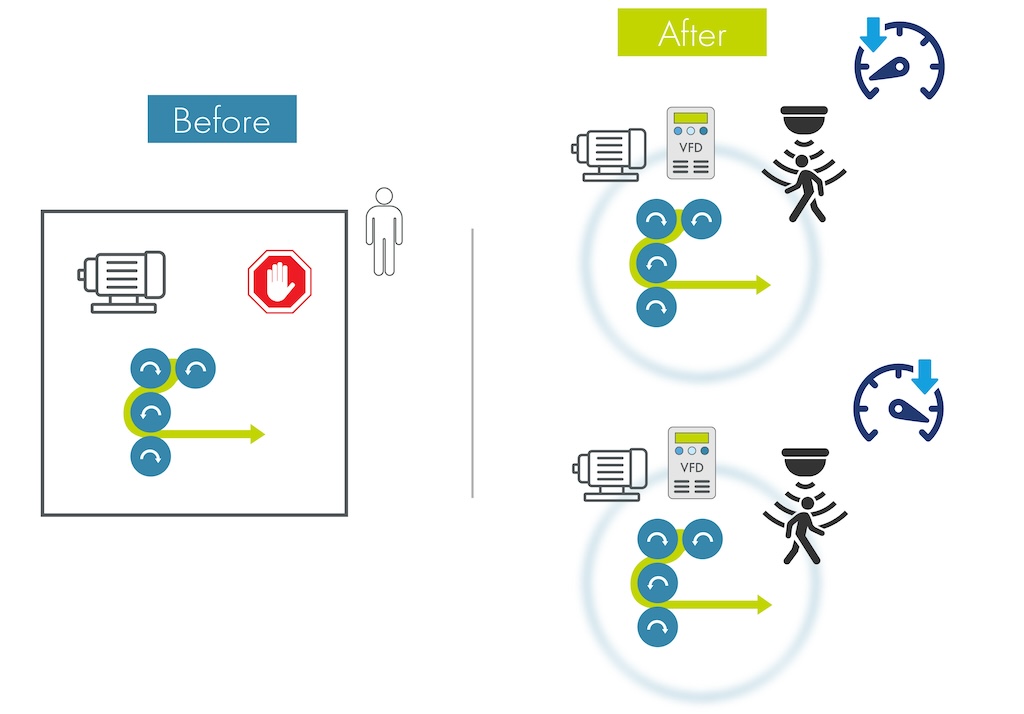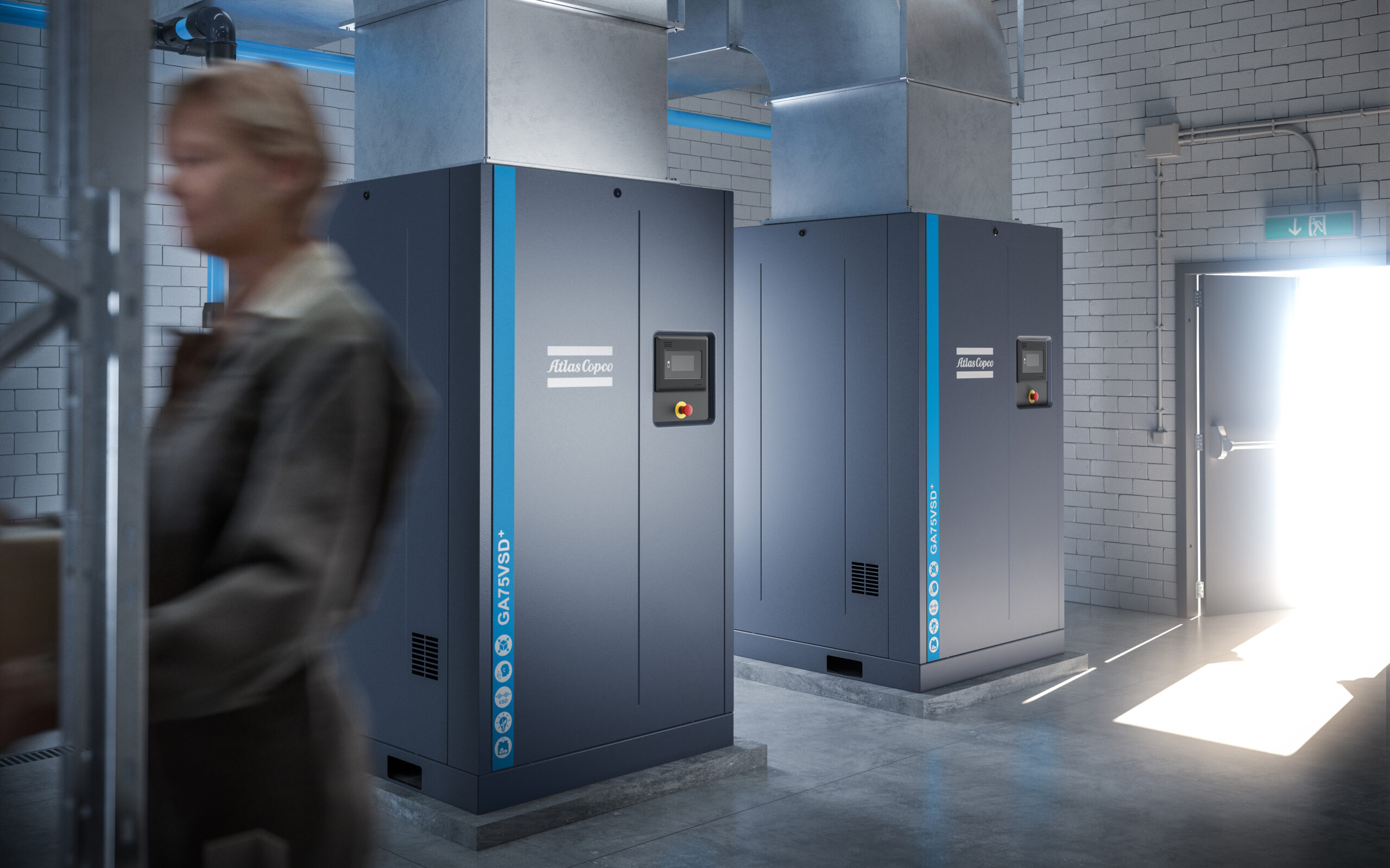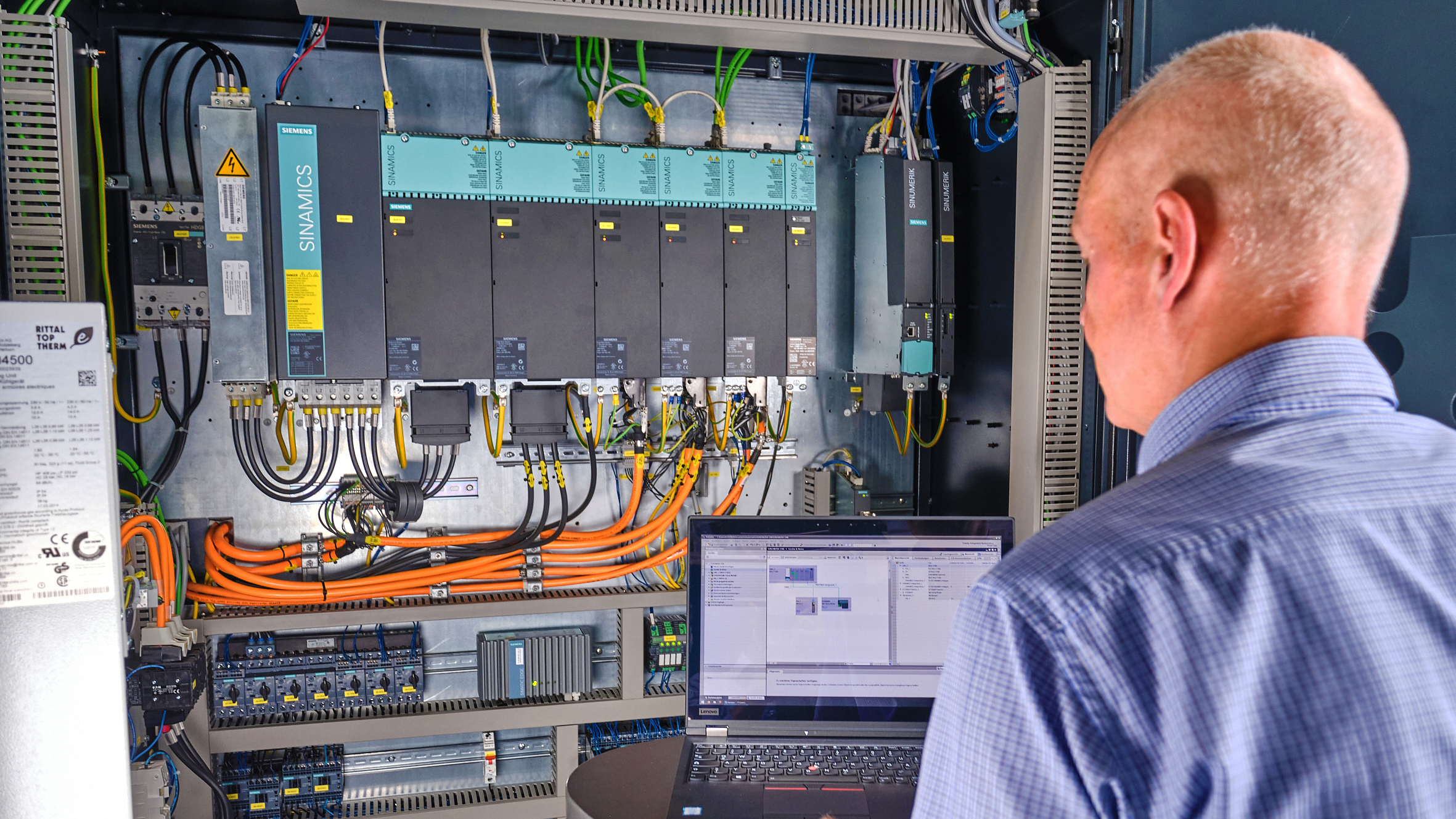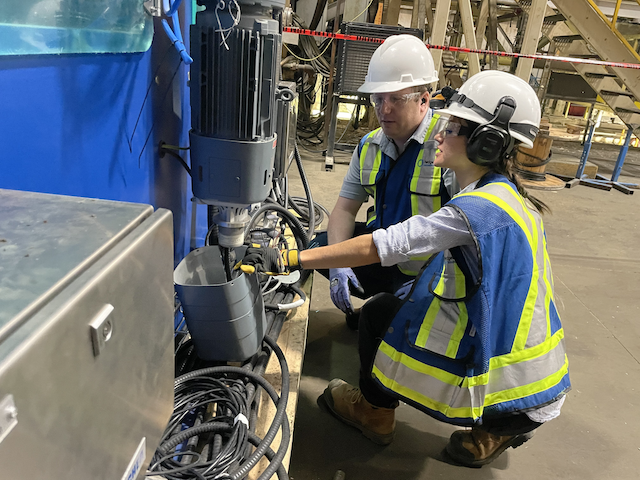The CNC is the singular most powerful influence in how any shop will fully capitalize on its laser investment, and you need to get the most out of it

The art of manufacturing challenges every shop to continually reinvent processes. The goal is to deliver quality goods at competitive prices with sustainable business practices and pave the way for future developments. That being said, how is it then that something as fundamental as CNC can be considered as the driver of new innovation?
If we review the past of industry, it may be possible to identify that true innovation is actually the result of hours, months and even years of discipline which shapes the new technology of each decade. The old, traditional CNC had isolated objectives and limited capability. As demands on machine tools increased along with flexibility and reliability; the development of even more powerful CNCs was a natural result.
CO2 Laser cutting systems, released throughout the late 1970’s and early 1980’s truly staked their claim in the machine tool world by the early 1990’s. CO2 Laser cutting systems emerged, not as a mysterious phenomenon involving smoke and mirrors, but as an authentic contender for production processes. The early, once temperamental and expensive laser resonators had intrigued the industry and had yet to prove their place in a real, working shop. Yet the developers of these systems were proving they had one eye on the future and the other was firmly focused on the proven, accepted technology surrounding them in the rest of the shop.
Rapid development fueled by curiosity and capital gave way to the turn of the Millennium when lasers became widely accepted and they became noted for true production machines. These laser systems commanded respect and captured a lion’s share of much of the flat-sheet cutting world. The natural progression to increased automation placed the laser squarely as the leading contender in the realm of a "got-to-have" machine in the metal shop.
The CNC often doesn’t get its share of the lime light when compared with the laser, but it is the singular most powerful influence in how any shop will fully capitalize on its laser investment. The new generation of controls must deliver accurate axis manipulation with precise laser power control. New CNCs have the capacity to deliver seamless choreography between navigation and power modulation, whether at incredible speeds on light gage or in precise regulation of laser power when processing metal thicknesses once considered outside reasonable expectations of the laser cutting ability.
Enhanced performance of the basic CNC, servos and machine tool interface deliver impressive functionality. With the new CNCs minimal training and programming are needed for operators that are familiar with industrial standards in leading control platforms and their operating environments. Upward compatibility is guaranteed and older part programs are found to run smoothly on the new controls.
Versatility in CNCs
A widely accepted global leader in reliability, CO2 laser technology is synonymous with consistency. In the laser field ‘versatility’ is also a common tag line for the application of CO2 laser cutting systems. The sophistication of the new controls, lends innovative excellence and impressive processing characteristics to base units.
Still, strides must continue to further improve the inherent value a laser brings to a shop. To press forward with innovation in the modern world both hardware and software must be developed. Reliability is delivered from hardware developments, innovation from software which delivers higher efficiencies and better monitoring of the process.
Intelligent controls that promote quick recovery in interrupted or troubled production are interfaced with programs that develop preventative maintenance schedules to minimize the impact of any time where manufacturing is not producing parts. In order to be competitive and differentiate a system, exhaustive accomplishment toward delivered, sustained reliability is critical.
Reliability is a term tossed around casually and frequently, but the degree of its influence is profound whether it is given just due in a shop or not. Reliability is the most critical of all primary elements of quality customer service. Reliability must be the overriding requisite in any future development as well as emerging new technology. Any manufacturing process requires a baseline of minimum deviation; reliability is the “Big Stick” that keeps deviations at bay.
Service and support are critical players in the game as well. Intelligent controls that can run troubleshooting software trials, report to service teams offsite and speed corrective cycles promote confidence in the operating and maintenance teams at the end user site. In addition, some CNCs marry the rugged proven technology of CNC with the innovative application of C-language executed background programs that deliver multi-window displays. They mimic the interactive friendly aspects of PC environment without the drawbacks of the ever changing PC that rarely supports legacy compatibility.
Predictable production cycles
In additional to core reliability aspects, job shops require predictable product flow with real time updates and process monitoring. Valid production cycles must have reality driven manageable machine performance reporting with compelling directives to steer activities hour by hour, if necessary, in order to deliver above average results. Of course the software monitoring and directives only have successful influence if proper adjustments to daily practices and corrective actions are taken when necessary.
Shop owners and shop workers are cautioned to not dismiss the value of an inspired workforce as a positive influence far greater than any software or hardware upgrade. Two shops can have identical machine tools, but it will always be the shop that has a quality driven philosophy permeating throughout all aspects of the organization which will deliver the undeniable and equally compelling quality product.
During the LASERFAB 2010 tour of CTi, Chicago, Tube and Iron in Romeoville, IL, Bruce Butterfield was asked if photos and video were permitted. His confident reply is noteworthy, “Sure, we permit it because we know you can have all the same equipment, but it’s the practices and the care of our workers that deliver the strongest impact our dedication to delivering unparalleled quality.”
With the year 2010 being the 50th anniversary of the laser, we find ourselves riveted by emerging technology once dedicated to non-cutting applications. After Euroblech 2010 and Fabtech 2010, the now ready for prime time, fiber has gained momentum and market fascination. It remains to be seen how closely the new player can deliver on the exciting claims of no maintenance and lower operating costs. In an industry that has been almost wholly supported by the workhorse of laser technology, the CO2; the up and coming fiber has some very large shoes to fill if it means to replace the incumbent. Perhaps mutual existence and a bold drives forward by both systems to new areas will be the result.
Education is the cornerstone of all appropriately placed innovations and may it be so, too, with this captivating new endeavor. As we are only limited by our imaginations, may the champions of proven technology not be intimidated but instead be inspired by the thrill of new technology. Let the two processes fuel a design of new practices and new applications where each reigns supreme.
In the engineering headquarters of FANUC, the largest manufacturer of CNCs in the world, there is a uniquely designed wall clock. It measures over 1 meter in width, and a full revolution occurs in 6 seconds rather than 60 seconds. Running 10 times faster than actual time, the following message is commonly relayed to visitors:
“For engineering, there is no stopping, only creating.”
So, toss your hat into the ring of future drivers and not that of those who fear the future!
Elizabeth Kautzmann is Laser Product Manager for FANUC Factory Automation, Hoffman Estates, IL. For more information, contact FANUC FA America, at 888 FANUC US (888-326-8287) or at their Website www.fanucfa.com.



